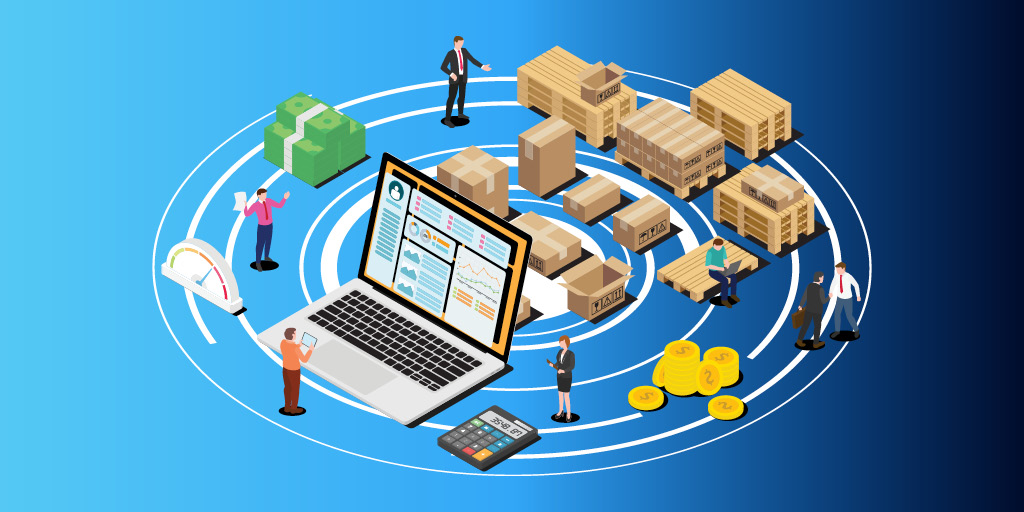Unlocking additional value within the supply chain means maximizing all available resources and avoiding delays. After all, efficiency and success within the supply chain broadly measure how quickly an organization can deliver a positive customer experience.
New supply chain strategies are also changing and reshaping how organizations approach transportation management. With that in mind, logistics optimization can remain out of reach, especially as disruption continues to jeopardize supply chain resilience.
Let’s take a closer look at logistics optimization and the results of logistics optimization using a TMS.
What is Logistics Optimization?
Why Logistics Optimization Maximizes Supply Chain ROI
Technology helps overcome transportation challenges within the supply chain network and streamline shipping.
Benefits of Logistics Optimization
- Lower transportation costs. Controlling transportation costs is among the best and most significant benefits of optimization. Lower transportation costs are derived by reducing wasted miles, maximizing all available capacity, and avoiding waste. The cumulative effect? Reducing transportation costs by 10% or more depending on prior processes.
- Data sharing and application. Any effective strategy for logistics optimization must include data sharing and application. Logistics data management leverages analytics to ensure the supply chain is less susceptible to market volatility and continuously improves.
- Sustainability. By eliminating waste and its environmental costs, organizations create a more sustainable network, deliver on corporate responsibility, and improve control over expenses.
- Happier, healthier staff and drivers, overcoming barriers created by capacity constraints. The efforts undertaken to enable true logistics optimization have a natural implication for improving staff morale. Optimization helps build better relationships with outsourcing network providers and drivers and helps limit employee turnover rates. That has the net effect of increasing throughput and deriving better customer service ratings.
Calculate your potential Saving While Using an enterprise TMS
Achieve Optimization With Integrated Supply Chain Technology
Proper logistics optimization is not a one-off process. It’s an ongoing series of events that contribute to a more prosperous, productive, and efficient network. And part of that begins by ensuring your team has access to the best technologies and a world-class transportation management system.
Discover how a leading TMS with a full range of multimodal optimization capabilities can improve your logistics processes. See our infographic to learn the five key functions of a freight optimization engine.
Download our eBook, The Guide to Multimodal Freight Optimization: Enabling Profitability and True Continuous Improvement. It highlights the benefits and value gained by optimizing shipments across all modes.
To see logistics optimization technology in action, request a MercuryGate demo.


